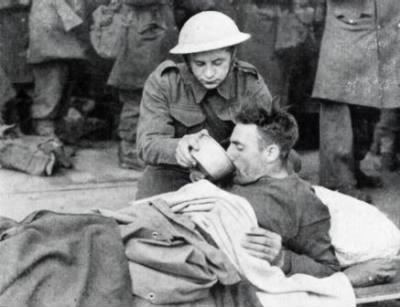The Battle of Dunkirk, one of WWII’s most dramatic events, unfolded on the northern coast of France in 1940. As Nazi Germany’s blitzkrieg swept through Europe, hundreds of thousands of Allied troops were trapped on the beaches of Dunkirk, facing almost certain defeat.
What followed was a desperate and daring evacuation, known as the “Miracle at Dunkirk,” which not only saved the lives of over 300,000 soldiers but also became a powerful symbol of hope and resilience for the Allied forces.
Keep scrolling down to explore this pivotal moment in history.
Battle of Dunkirk
Dunkirk, a historic port city in northern France, lies on the shores of the North Sea, close to the Belgian-French border. The nearby Strait of Dover, just 21 miles across the English Channel, has made this region a crucial point for commerce, travel, and military strategy for centuries.
Due to its strategic seaside location near several European powers, Dunkirk has often been at the center of significant historical events, including many bloody battles.
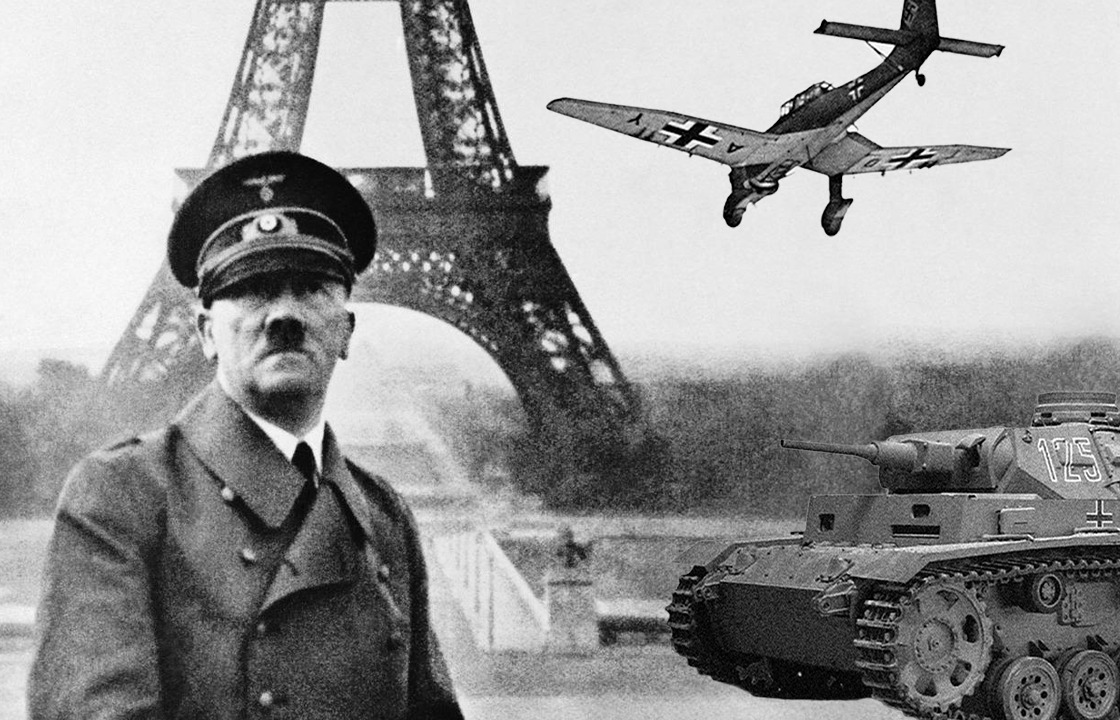
On May 10, 1940, the relative calm of the “phony war” abruptly ended when Nazi Germany launched a blitzkrieg, or “lightning war,” against the Netherlands, Luxembourg, and Belgium.
This highly coordinated attack, featuring superior air power and fast-moving ground forces, overwhelmed these countries quickly. Luxembourg fell on the first day, the Netherlands by May 14, and Belgium by the end of the month.
As the Germans advanced, they surprised the Allies by invading France through the Ardennes Forest, bypassing the heavily fortified Maginot Line.
The German forces rapidly moved toward the English Channel, cutting off communication and transportation between the northern and southern Allied forces.
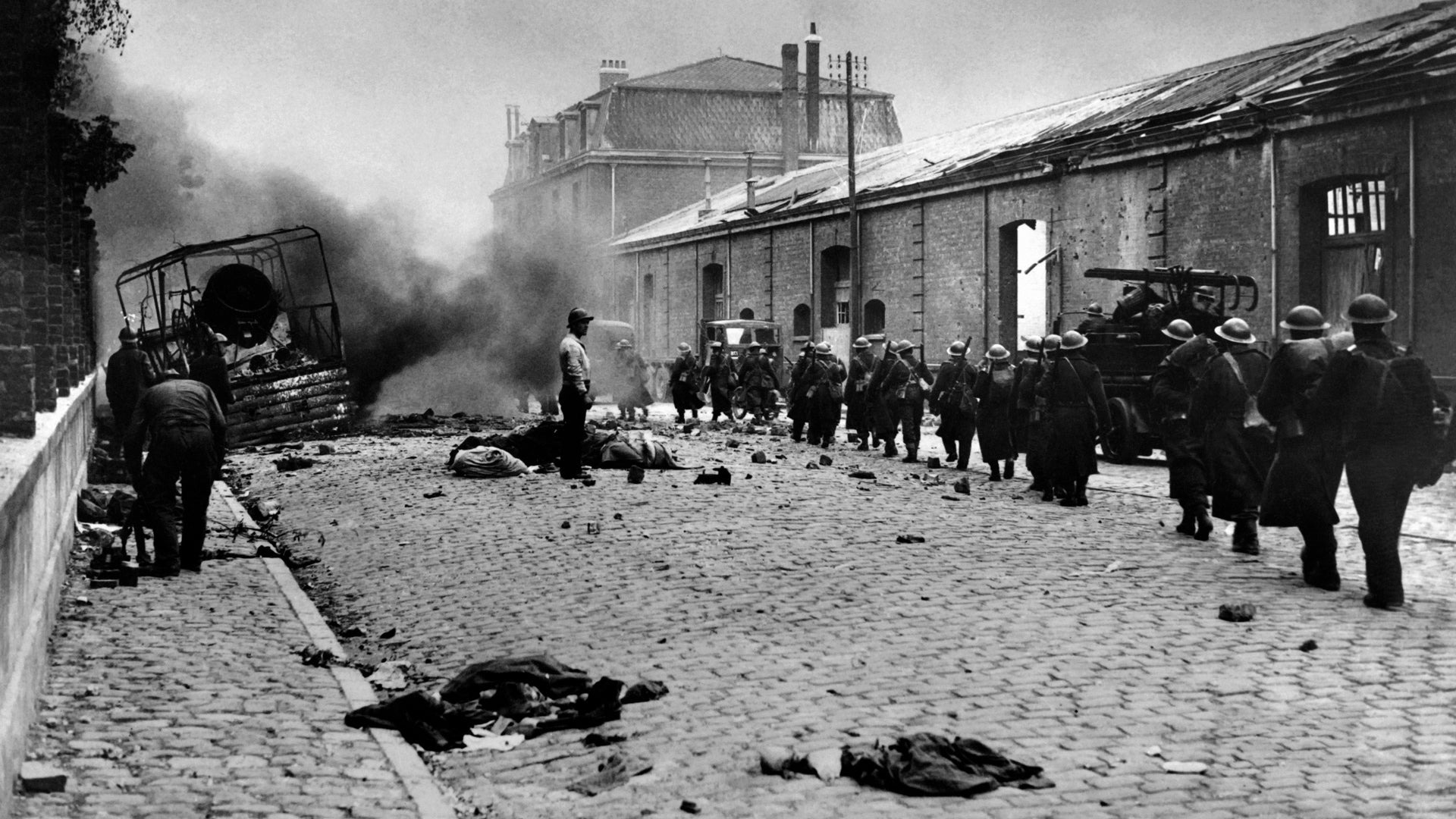
This strategic maneuver trapped several hundred thousand Allied troops on a shrinking stretch of the French coast.
By May 19, General John Gort, who led the British Expeditionary Force (BEF), faced a dire situation. With Nazi troops closing in, he began considering the possibility of evacuating his entire force by sea to avoid complete destruction.
Operation Dynamo
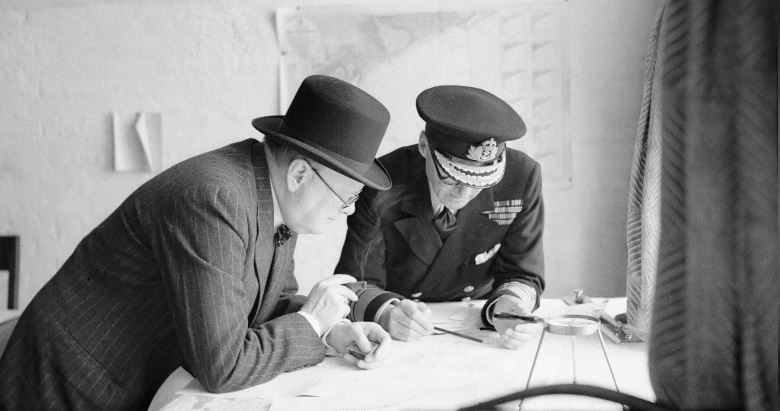
Amid the Dunkirk crisis, British Prime Minister Neville Chamberlain resigned on May 13, 1940, and Winston Churchill took over a new wartime government.
Initially, British and French forces resisted the idea of evacuation, hoping to hold the line. However, as the British Expeditionary Force (BEF) was pushed back to Dunkirk, Churchill recognized that evacuation was the only option.
On May 24, Adolf Hitler unexpectedly halted the advance of German panzer divisions, influenced by concerns over a potential Allied counterattack and Luftwaffe commander Hermann Goering’s confidence in blocking an evacuation by air.
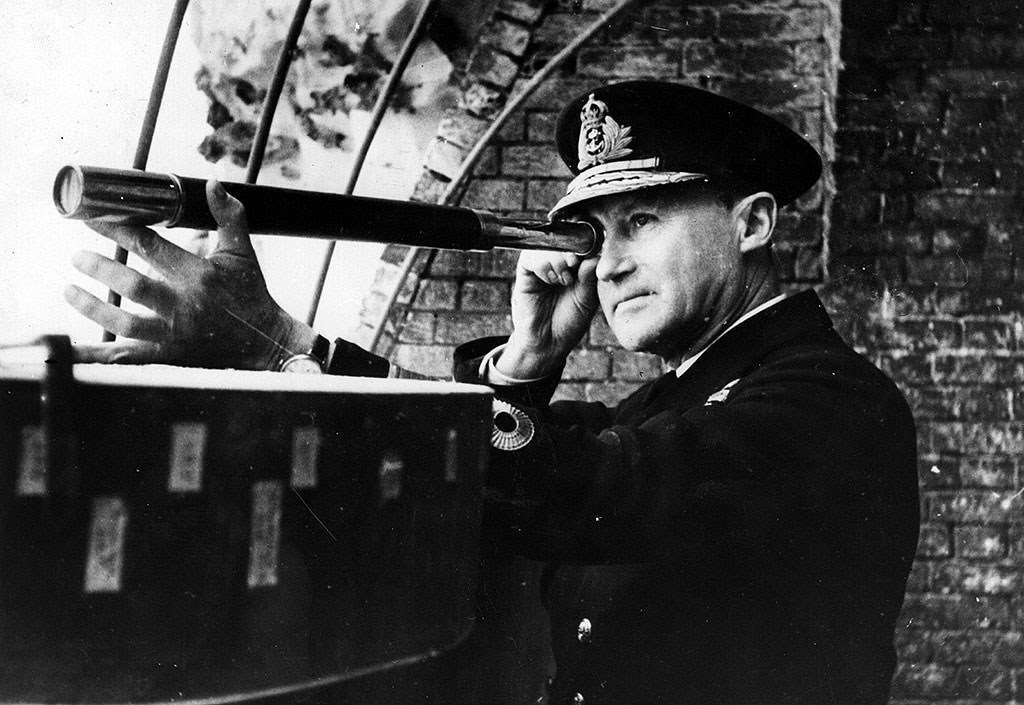
This delay, though brief, gave the Allies vital time to prepare for the evacuation before the tanks resumed their advance on May 26.
On the evening of May 26, 1940, the British started the evacuation from Dunkirk, called Operation Dynamo.
Vice Admiral Bertram Ramsay led the effort from a command center inside the Dover cliffs. This room, which once had a generator called a dynamo, gave the operation its name.

As the evacuation got underway, the German Luftwaffe bombed the harbor nonstop, making it harder to get the troops out.
The Royal Air Force (RAF) fought hard to stop the German planes, but many of their aircraft were lost in the process.
Miracle of Dunkirk

On the first full day of Operation Dynamo, only about 7,500 men were evacuated from Dunkirk, with around 10,000 more following the next day, May 28.
The shallow beaches at Dunkirk made it impossible for Royal Navy vessels to get close, so the Allies called for smaller boats to help. Between 800 and 1,200 boats, many of them simple fishing or leisure crafts, answered the call and played a crucial role in the evacuation.
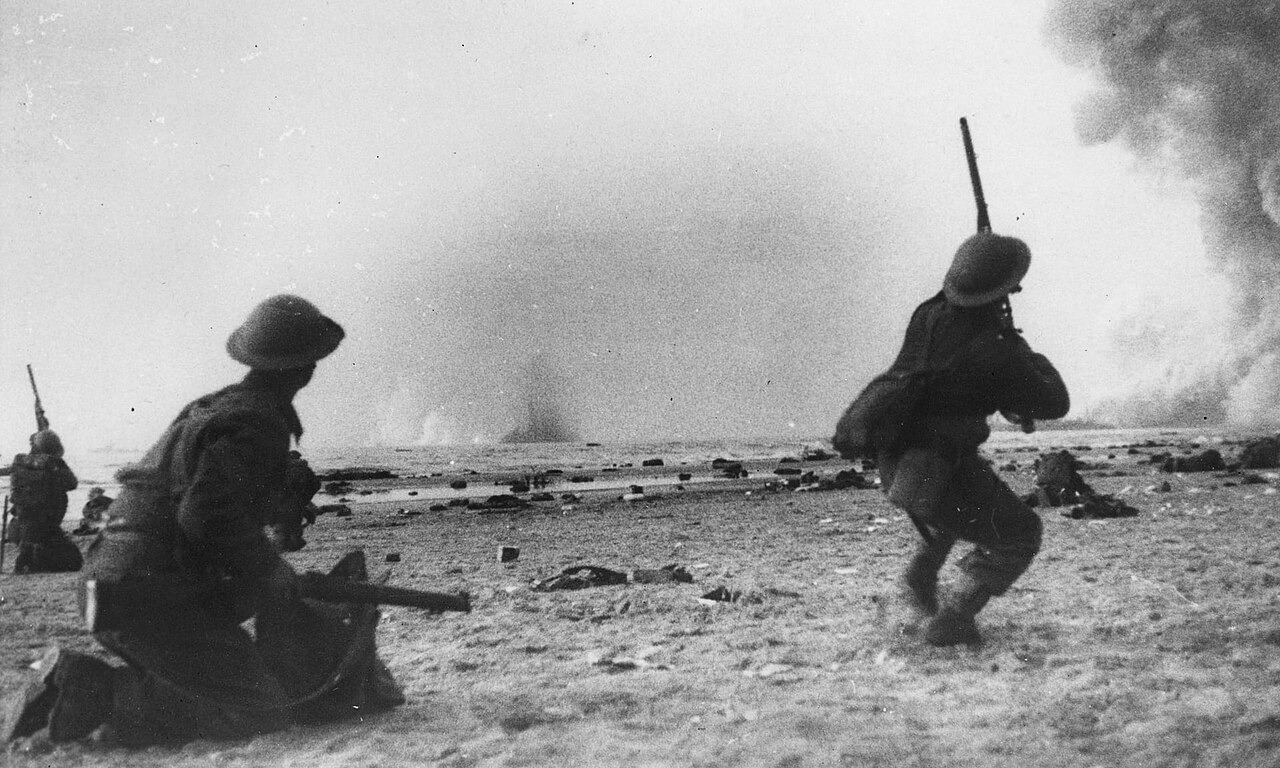
Some of these “Little Ships” were taken over by the Navy and operated by naval crews, while others were manned by their civilian owners. The first of these boats began arriving on the beaches of Dunkirk on the morning of May 28, significantly speeding up the evacuation process.
Churchill and the British command initially believed that only around 45,000 men could be rescued from Dunkirk. However, Operation Dynamo far exceeded those expectations.
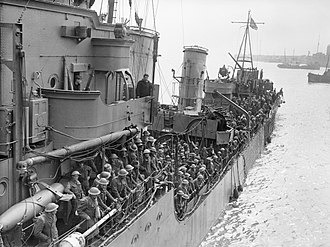
On May 29, over 47,000 British troops were evacuated, and by May 30, more than 53,000, including the first French troops, had been rescued.
By the time the evacuation ended, about 198,000 British and 140,000 French troops had escaped from Dunkirk—a total of around 338,000 men.
Unfortunately, approximately 90,000 Allied troops, along with most of the British Expeditionary Force’s heavy equipment, were left behind when the resistance ended on June 4, and German forces took control of Dunkirk.
Impact and aftermath of Dunkirk
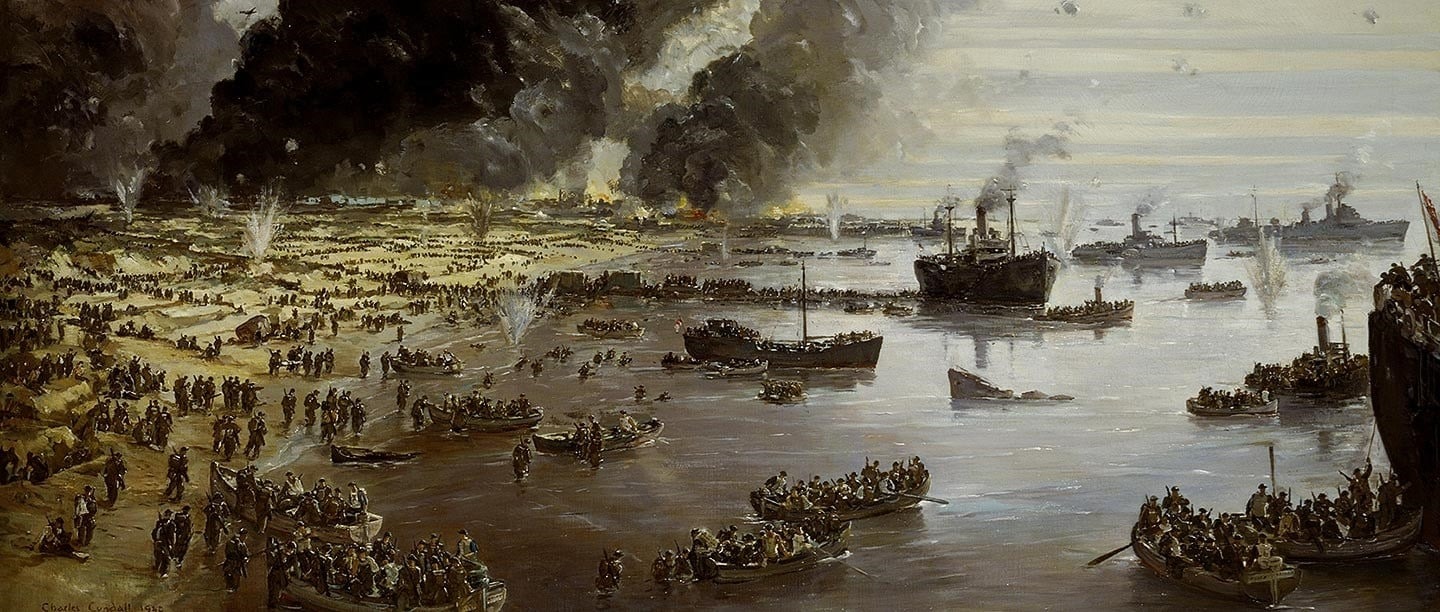
The German blitzkrieg forced France to call for an armistice by mid-June 1940, but the successful evacuation of British troops from Dunkirk became a key moment in the Allied war effort.
Germany had hoped that a defeat at Dunkirk would push Britain to exit the war. Instead, the “Miracle at Dunkirk” inspired British resilience and became a lasting symbol of national pride.
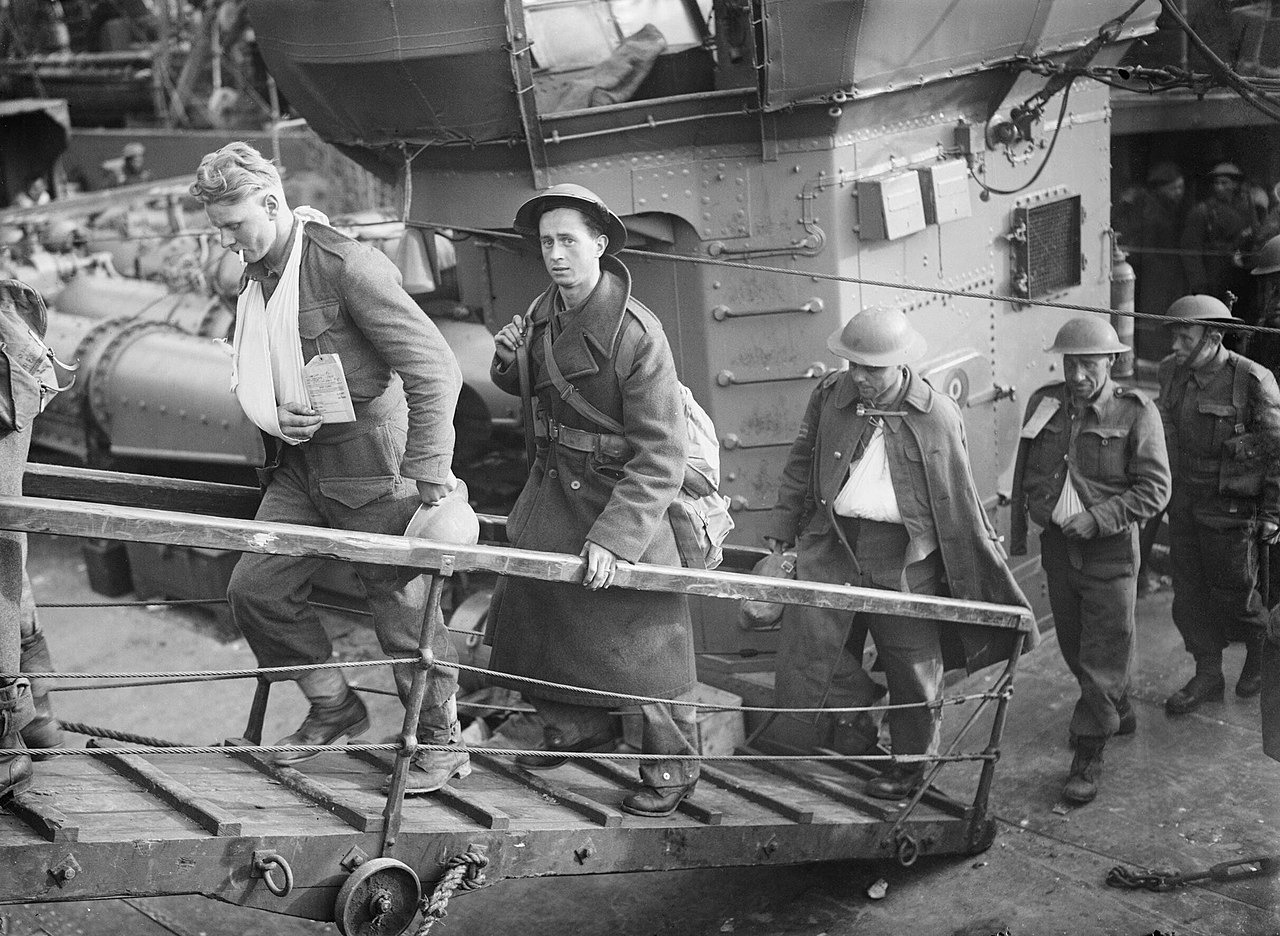
On June 4, 1940, Winston Churchill warned against seeing the evacuation as a victory, stating, “Wars are not won by evacuations.”
Yet, he also delivered a powerful message of determination: “[We] shall not flag or fail… we shall never surrender.” This statement became a source of hope for Britain during World War II.
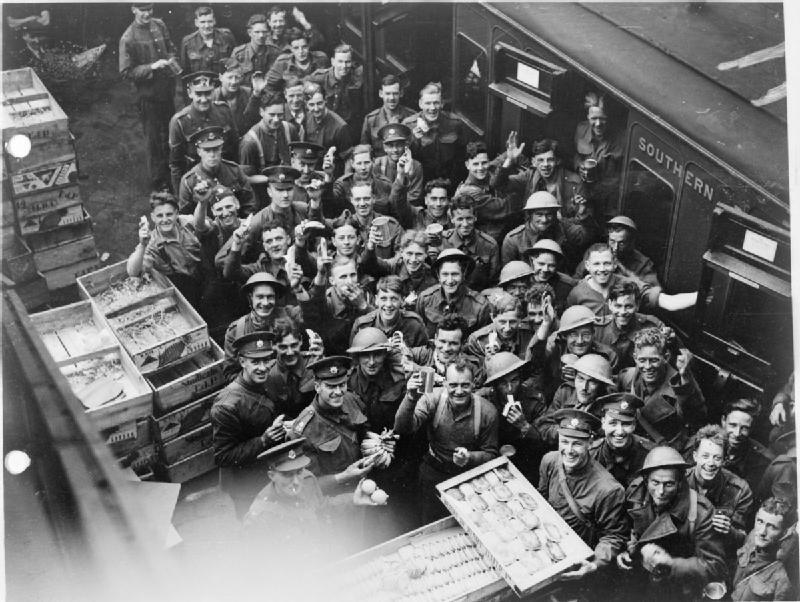
Despite the success at Dunkirk, thousands of French soldiers were left behind and captured by the Germans, along with large amounts of military equipment. With Western Europe left defenseless, the German army quickly took control of France, capturing Paris on June 14.
Eight days later, Henri Petain signed an armistice, and Germany annexed half of France, leaving the other half under Nazi control. It wasn’t until June 6, 1944, that the liberation of Western Europe began with the Allied invasion of Normandy.
Photos depict the battle of Dunkirk
1. Lord Gort, commander of the British Expeditionary Force
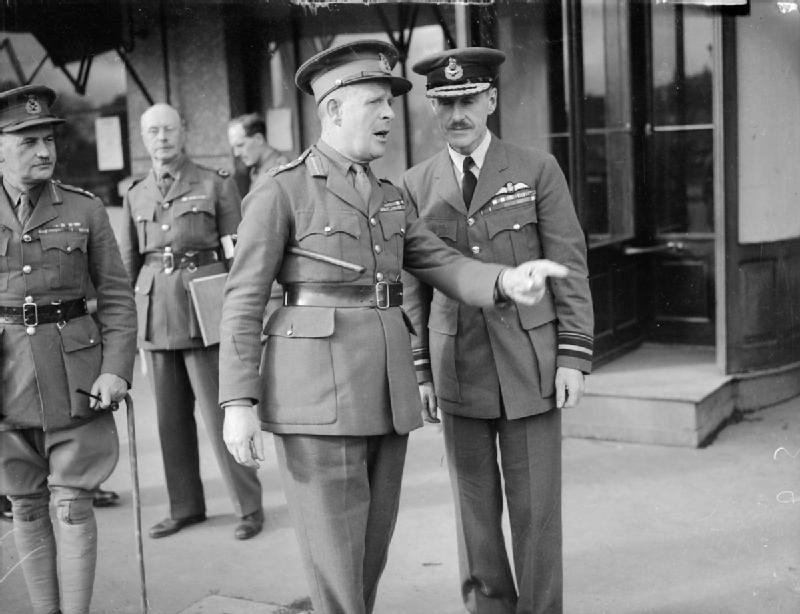
2. Bourrasque sinking slowly
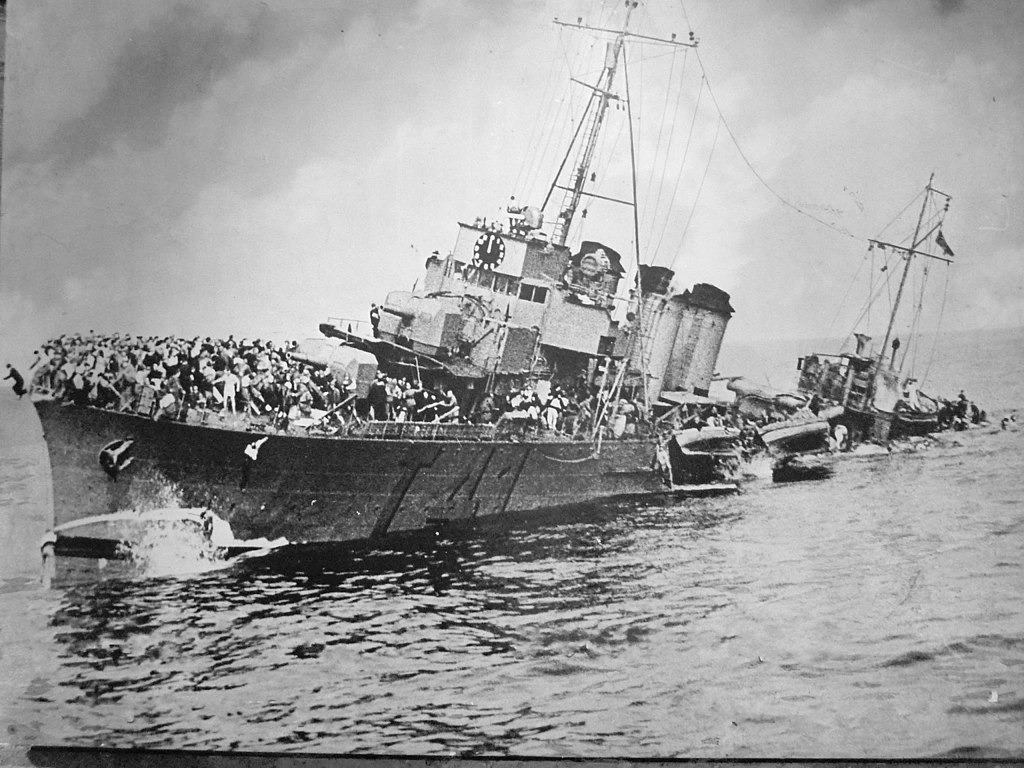
3. Mona’s Queen after striking a mine near Dunkirk, May 29, 1940
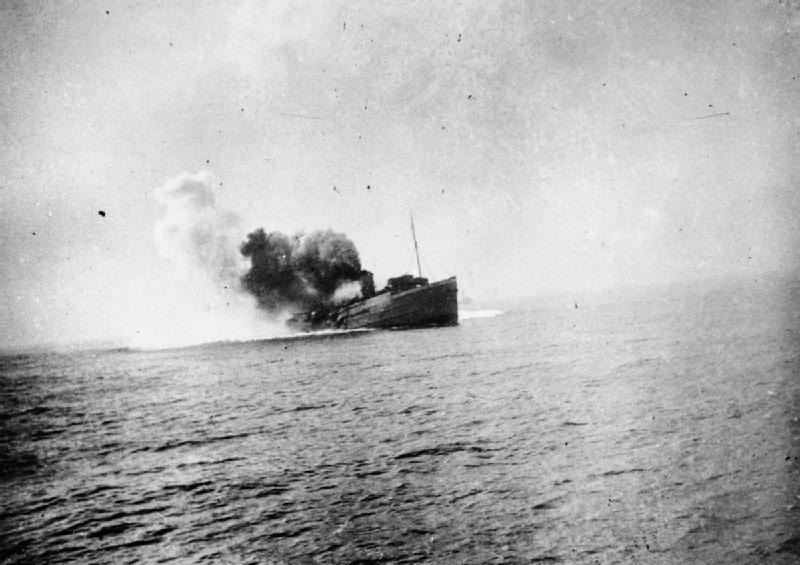
4. British POWs with a Panzer I tank
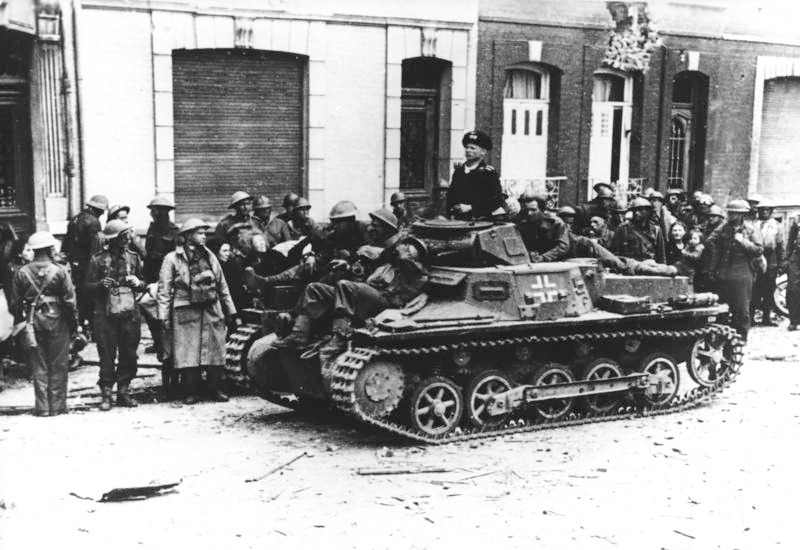
5. The Evacuation of Dunkirk by Charles Cundall, June 1, 1940
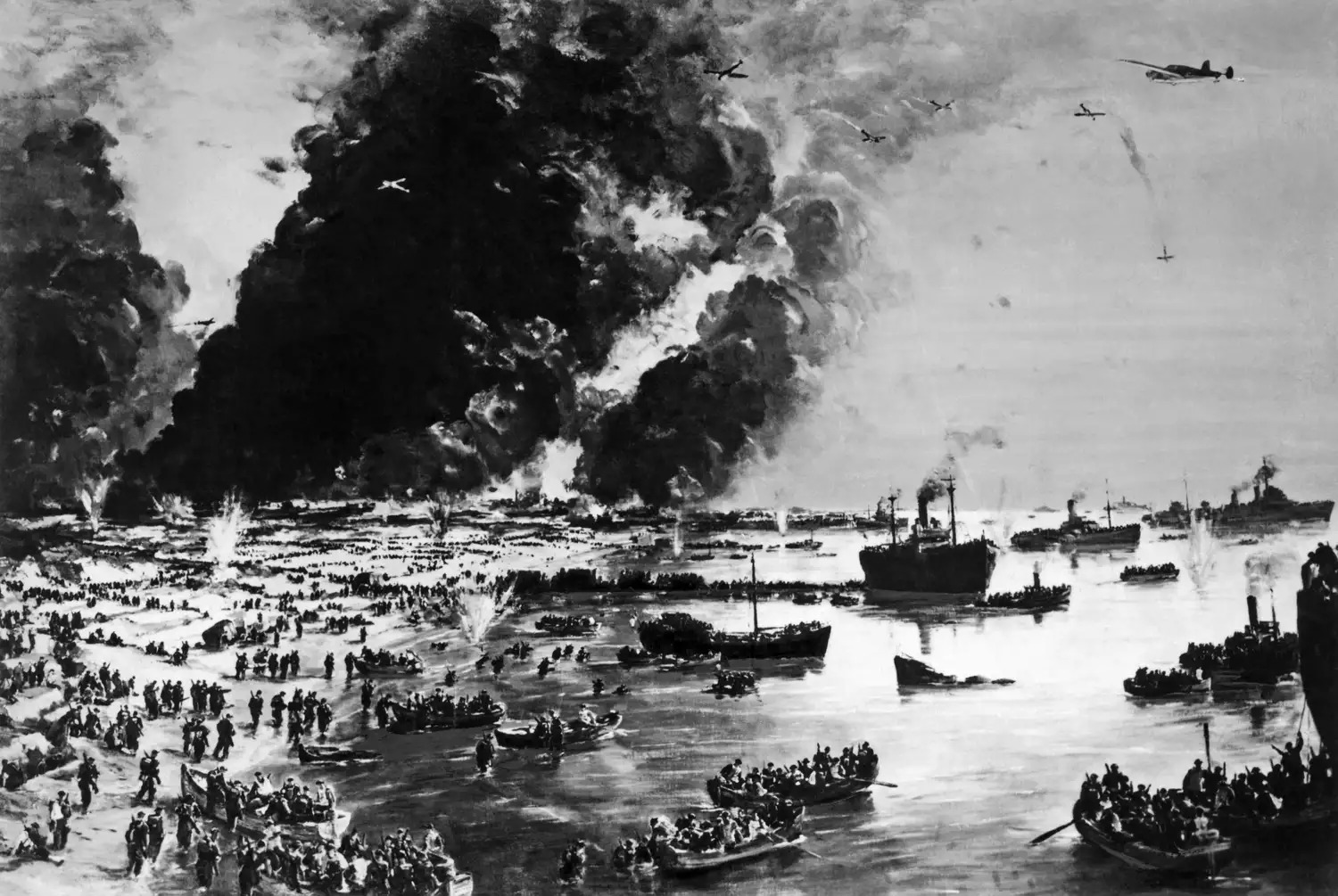
6. Small craft returning up the Thames, June 4, 1940
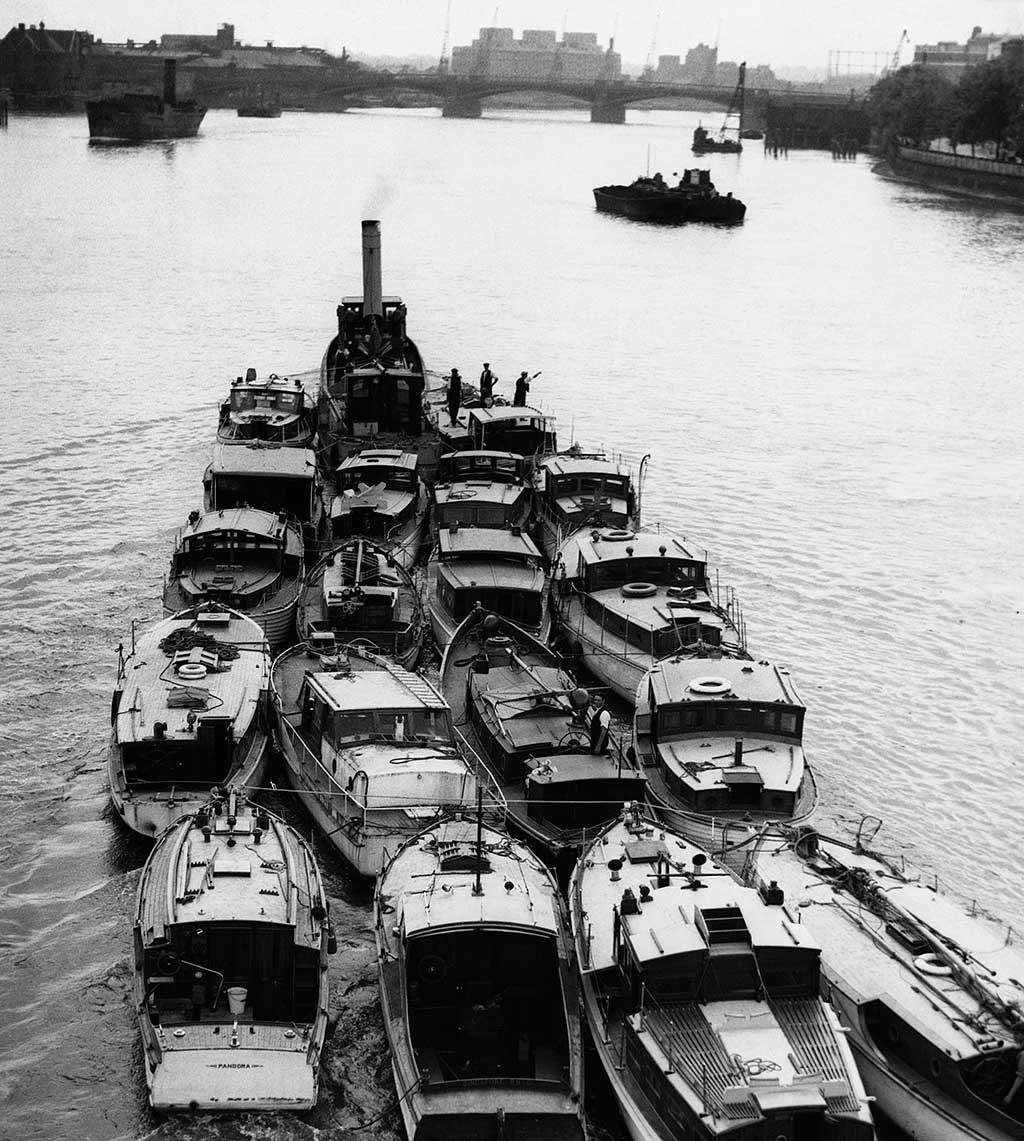
7. Destroyers with evacuated British troops arriving at Dover, May 31, 1940
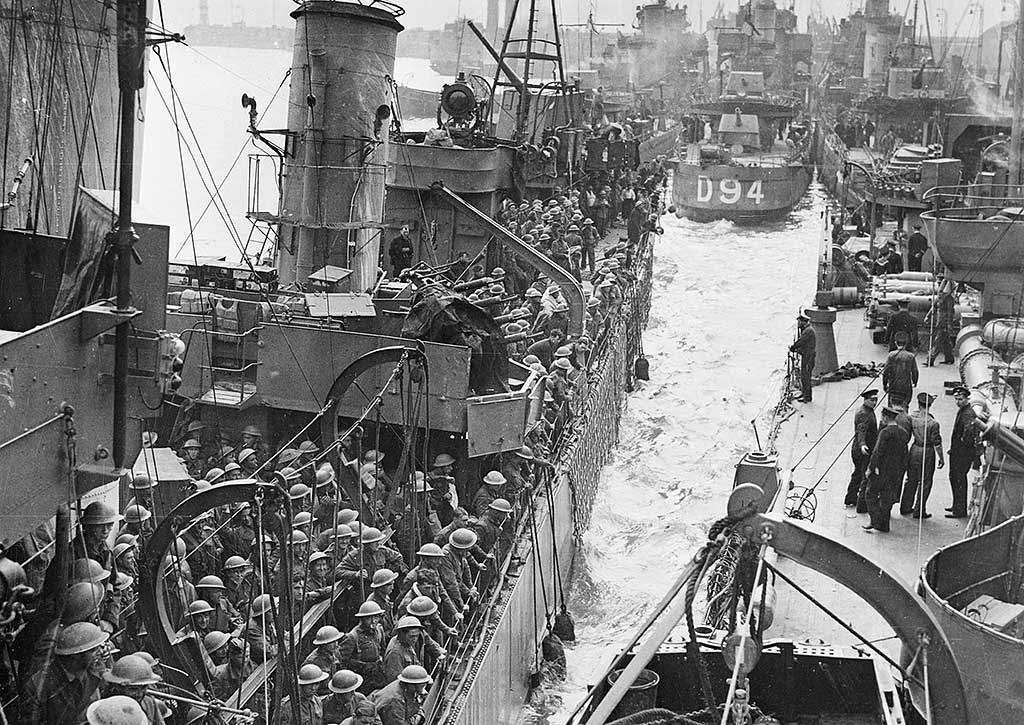
8. Winston Churchill at Dover Castle during the Battle of Britain, August 28, 1940
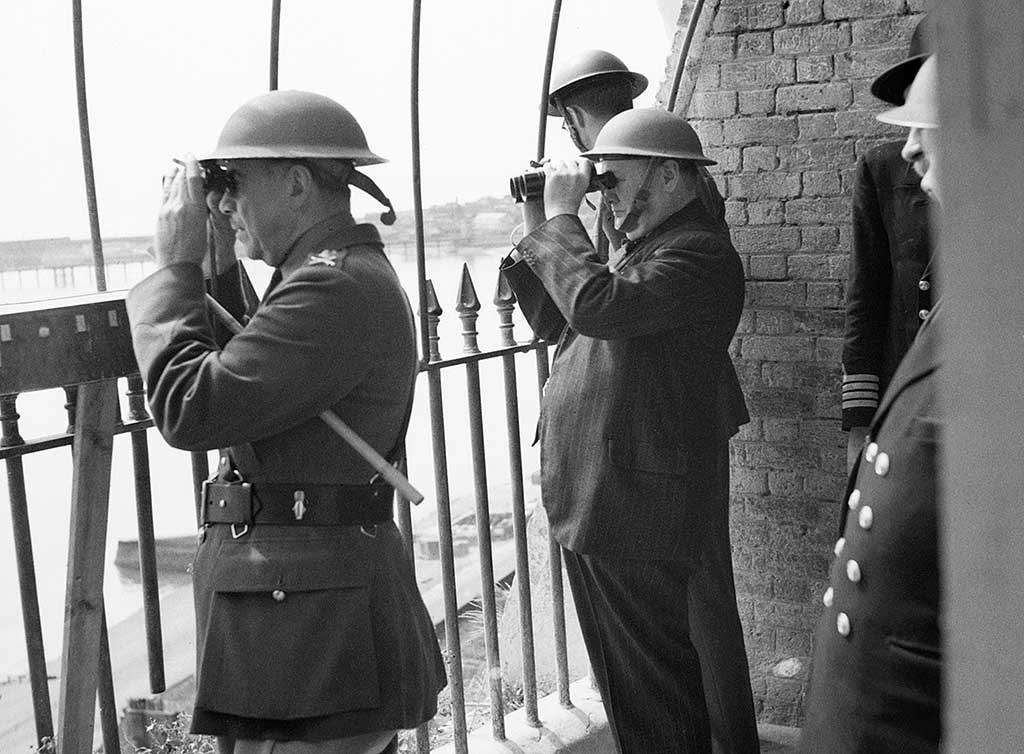
9. Bomb-damaged docks patrolled by French troops after Nazi air attacks
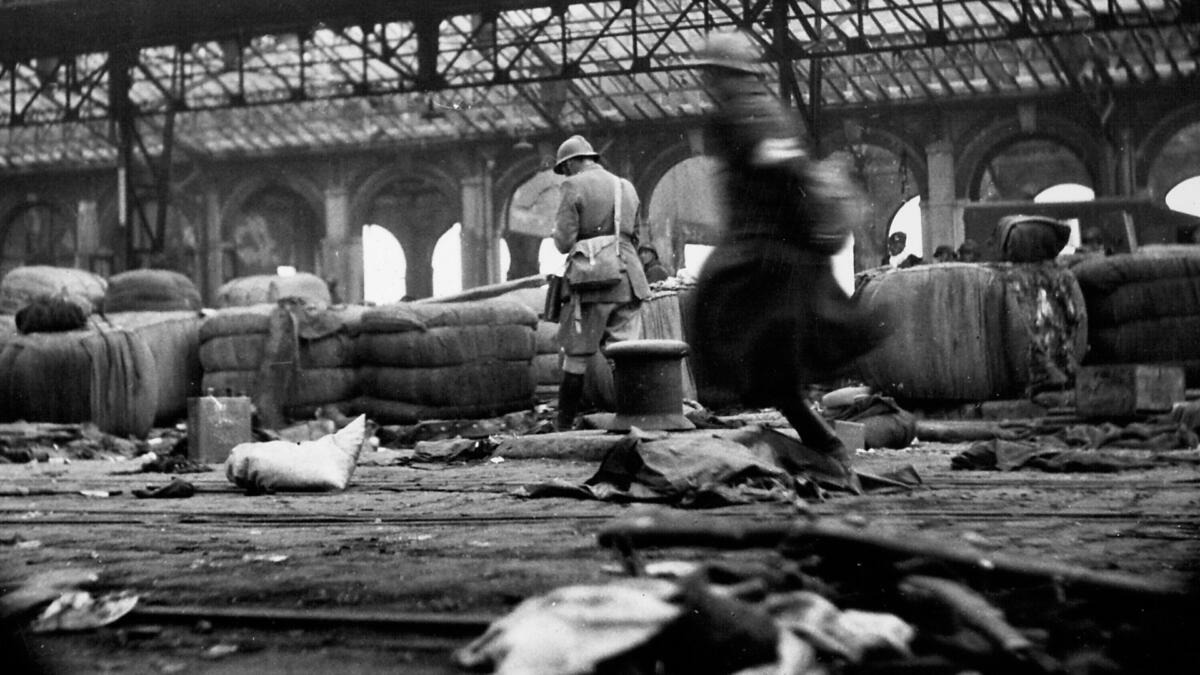
10. German soldier observing Allied evacuation efforts
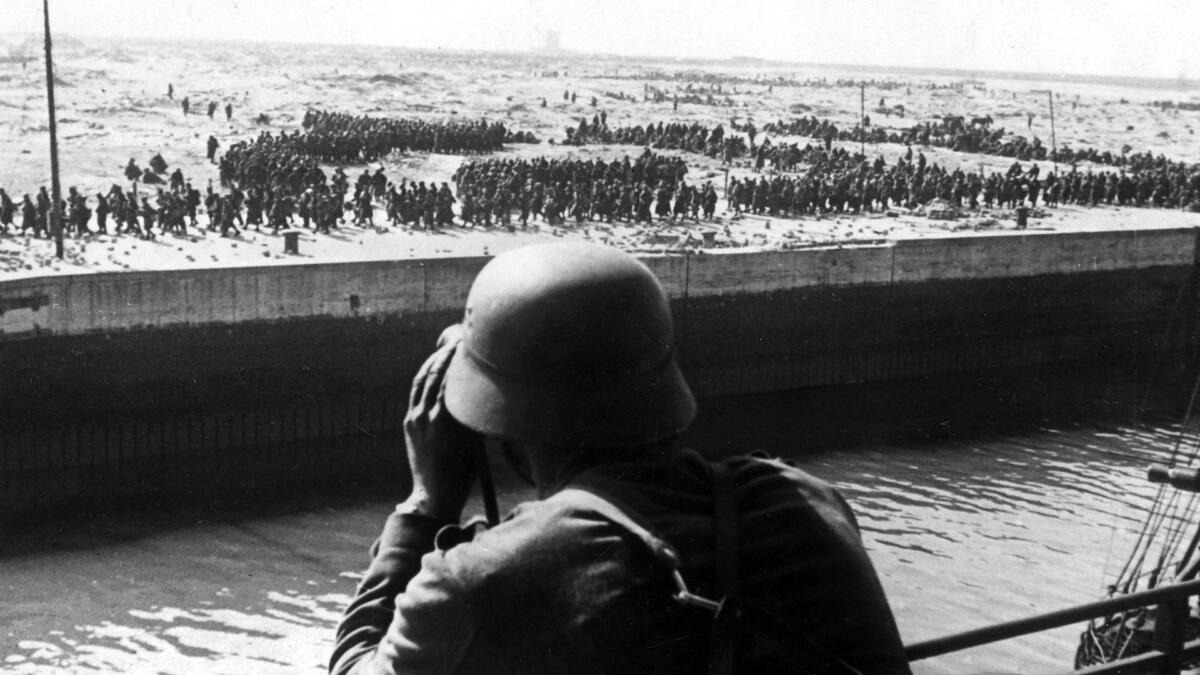
11. RAF Lockheed Hudson flying past burning oil tanks on Dunkirk beach
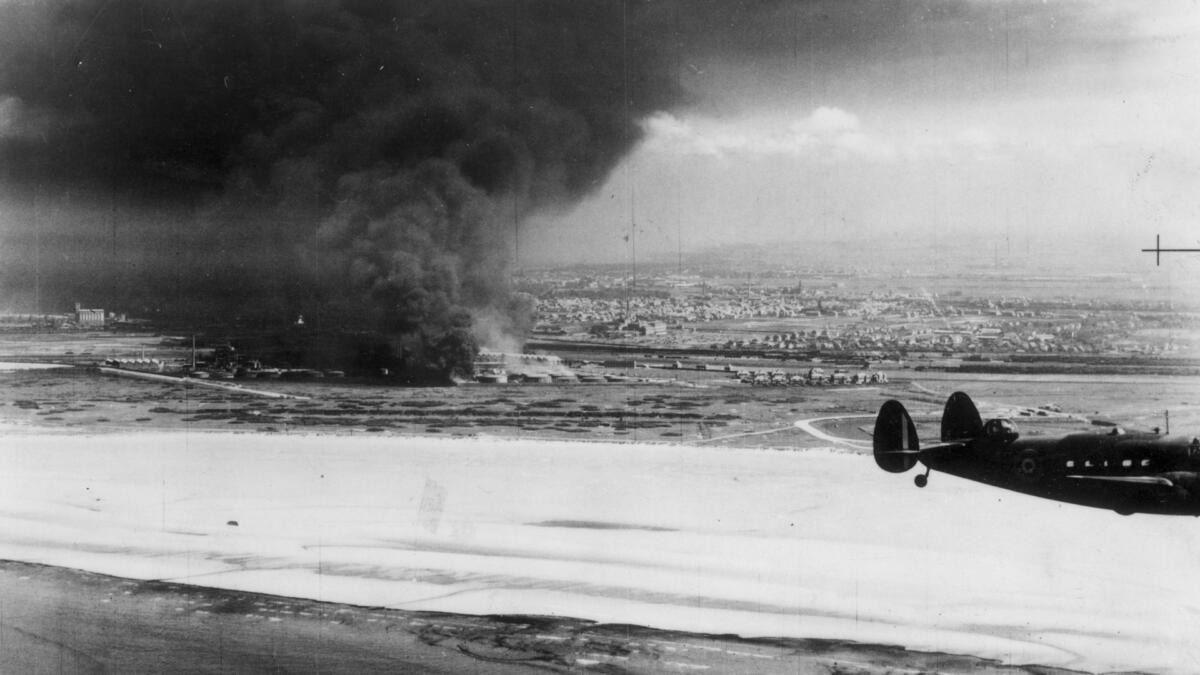
12. Soldiers wading in water for evacuation by rescue vessels
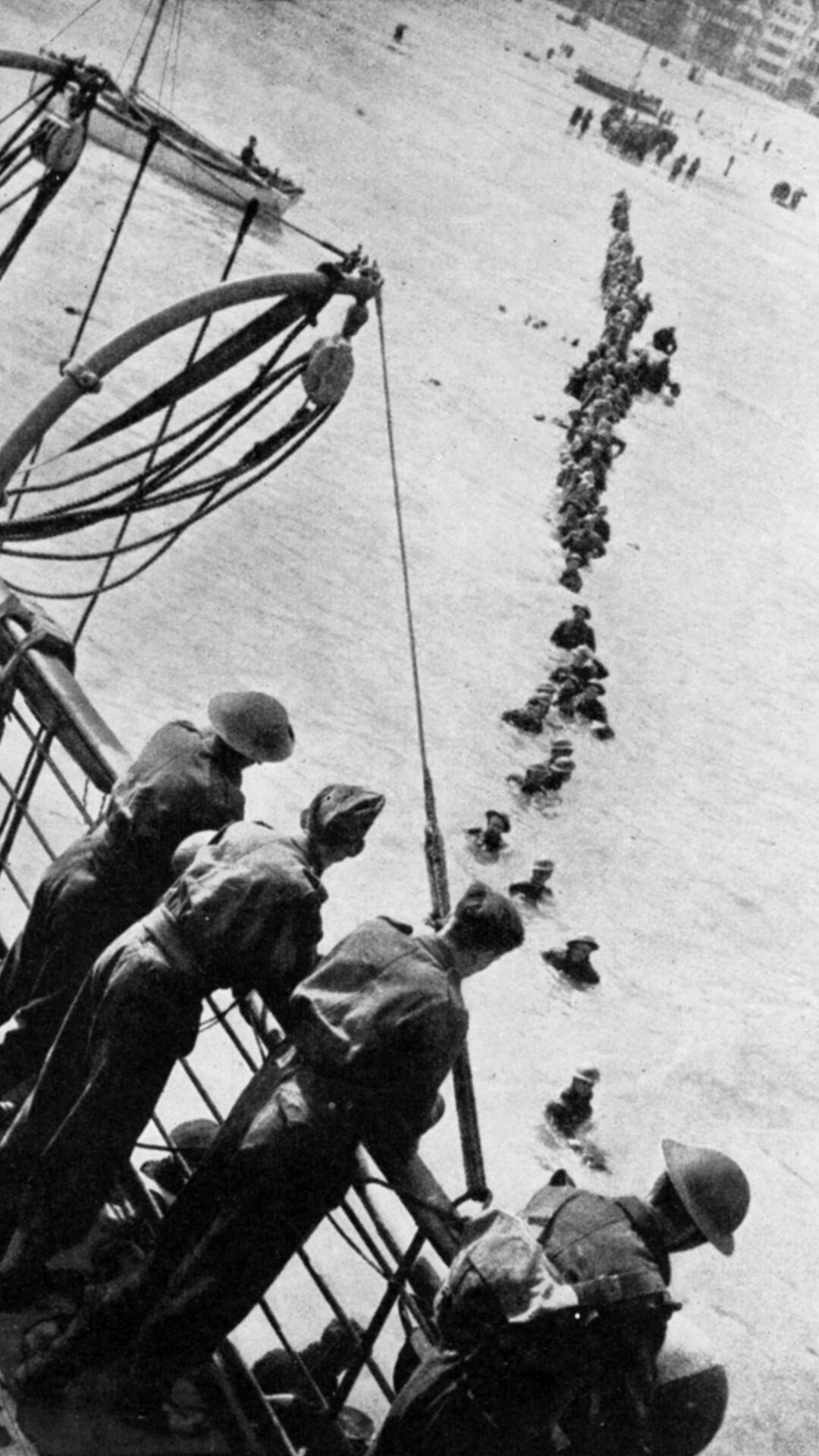
13. French destroyer Bourrasque sinking after hitting a mine
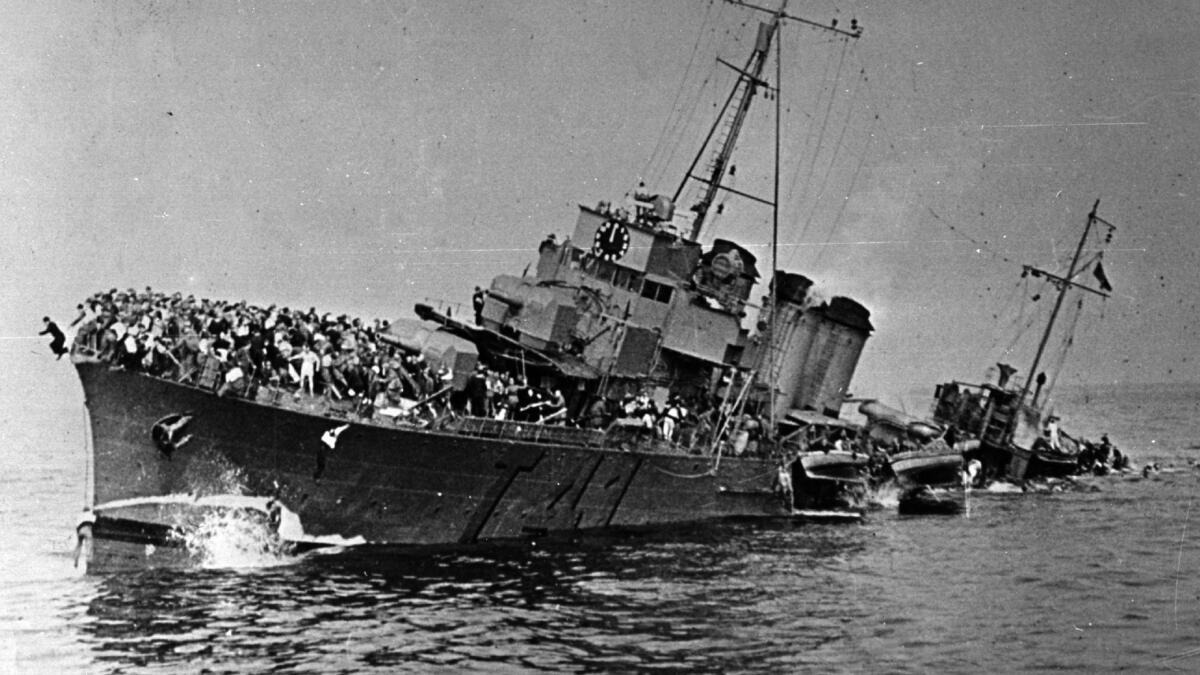
14. Soldiers clinging to a rescue ladder after abandoning ship
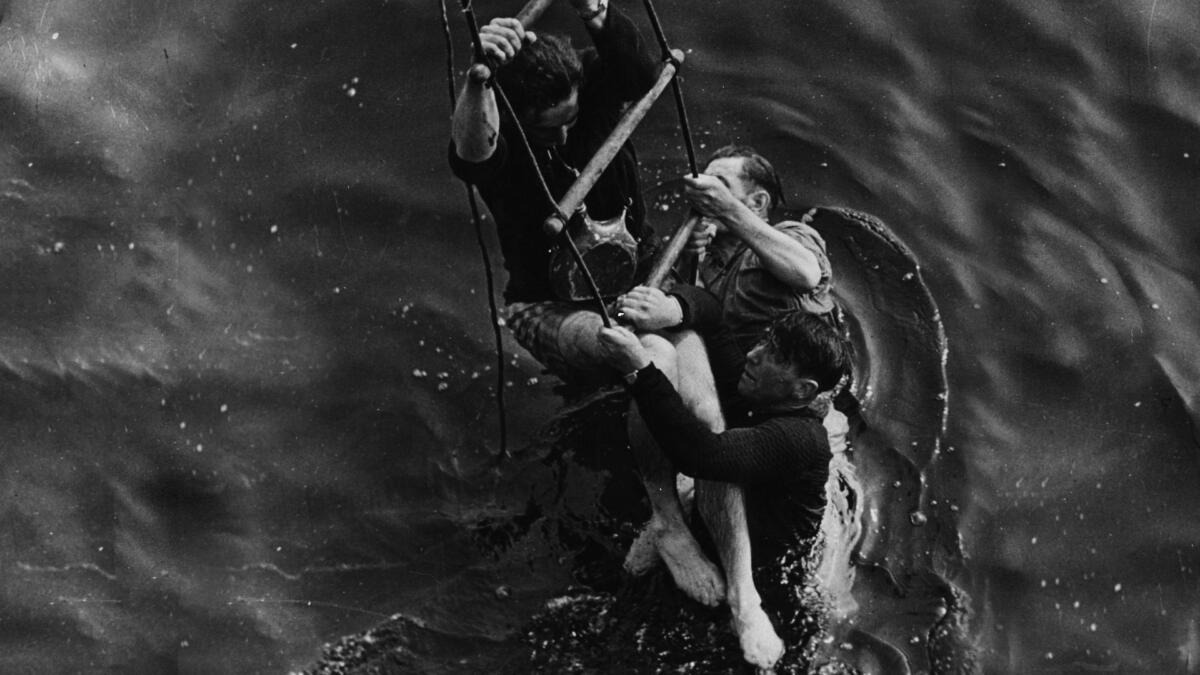
15. Lifeboat aiding a wounded soldier during evacuation
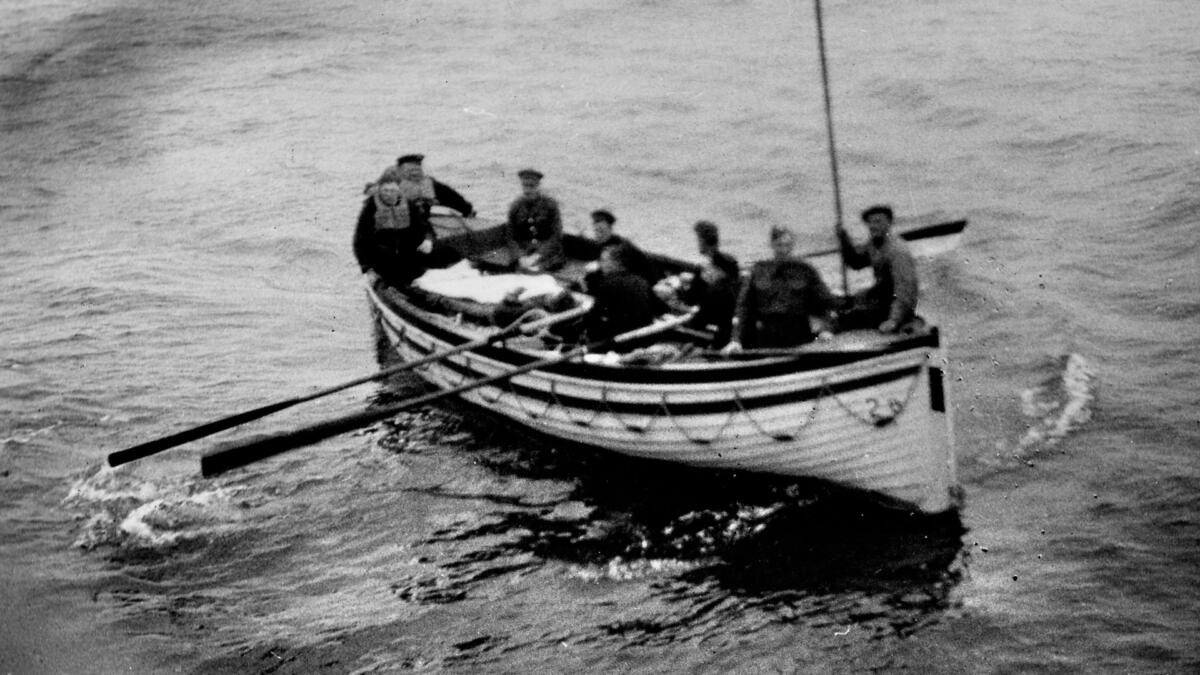
16. Wounded Frenchman arriving at Dover from Dunkirk
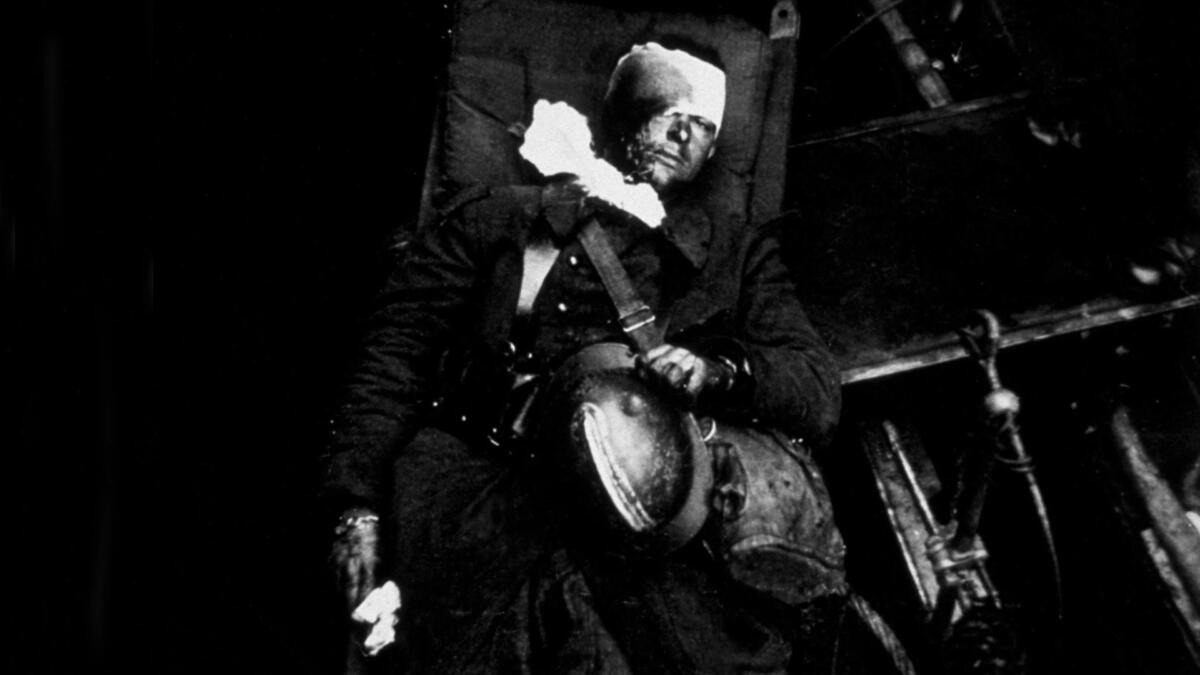
17. Thousands of French troops captured by Germans
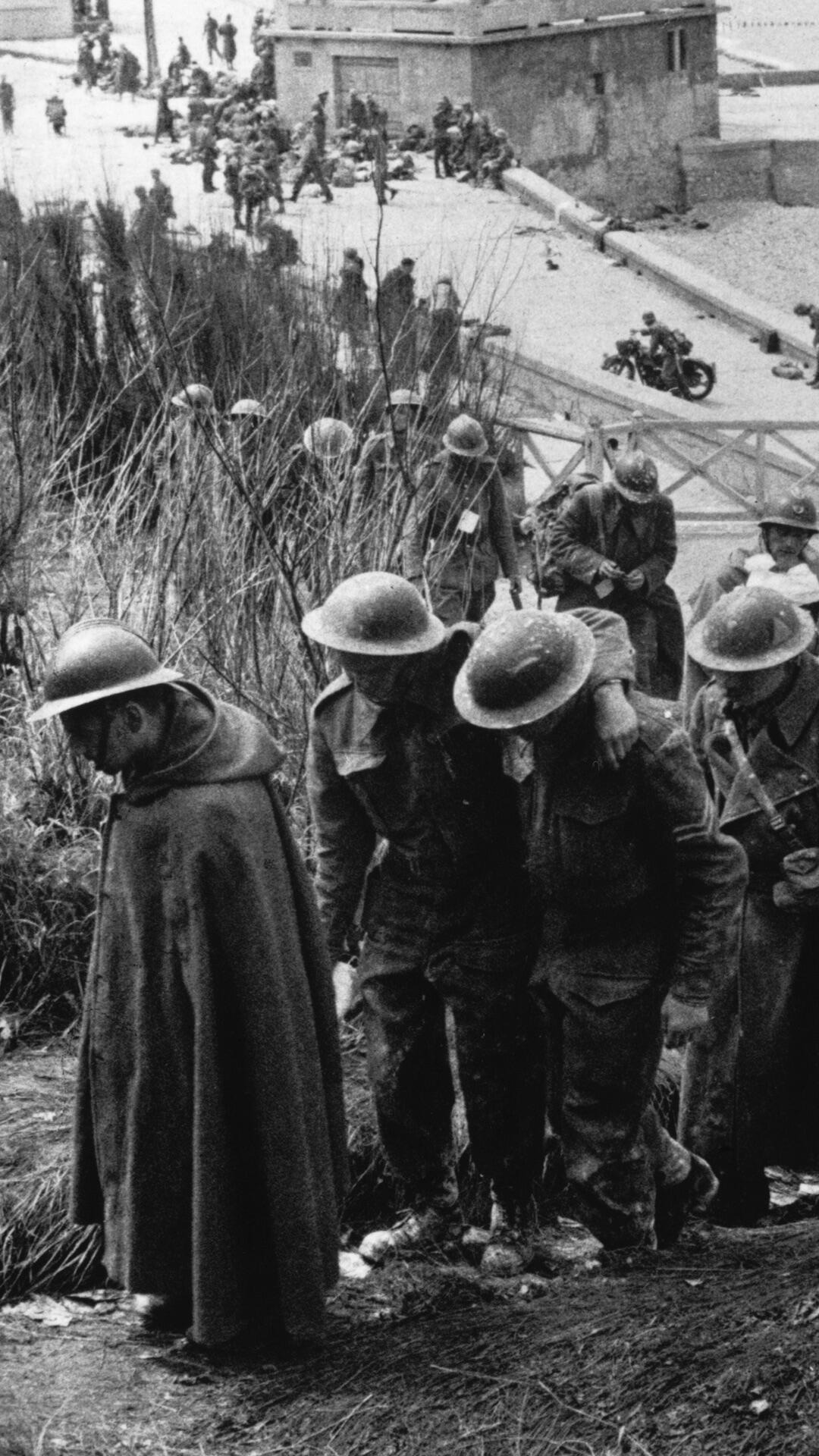
18. Soldiers receiving refreshments upon arrival in Britain

19. British soldier greeted by girlfriend after returning from Dunkirk
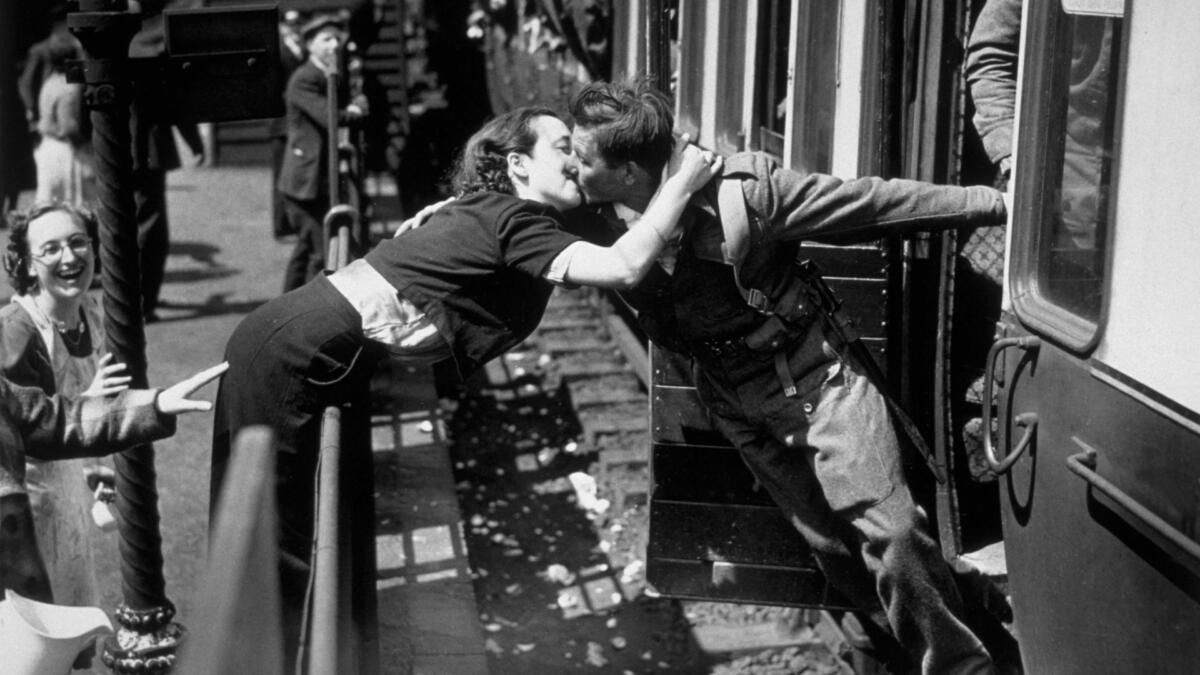
20. Cheerful British troops after Dunkirk evacuation
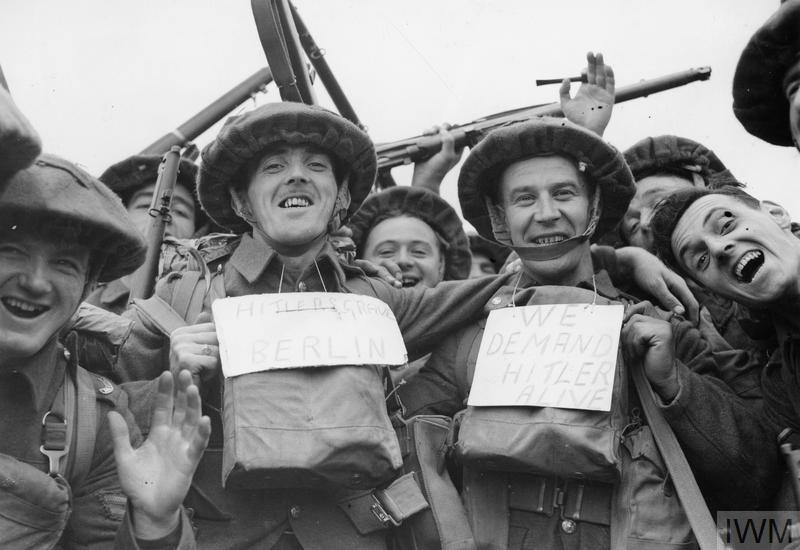
21. Soldiers wearing “Hitler’s Grave Berlin” and “We demand Hitler Alive” labels
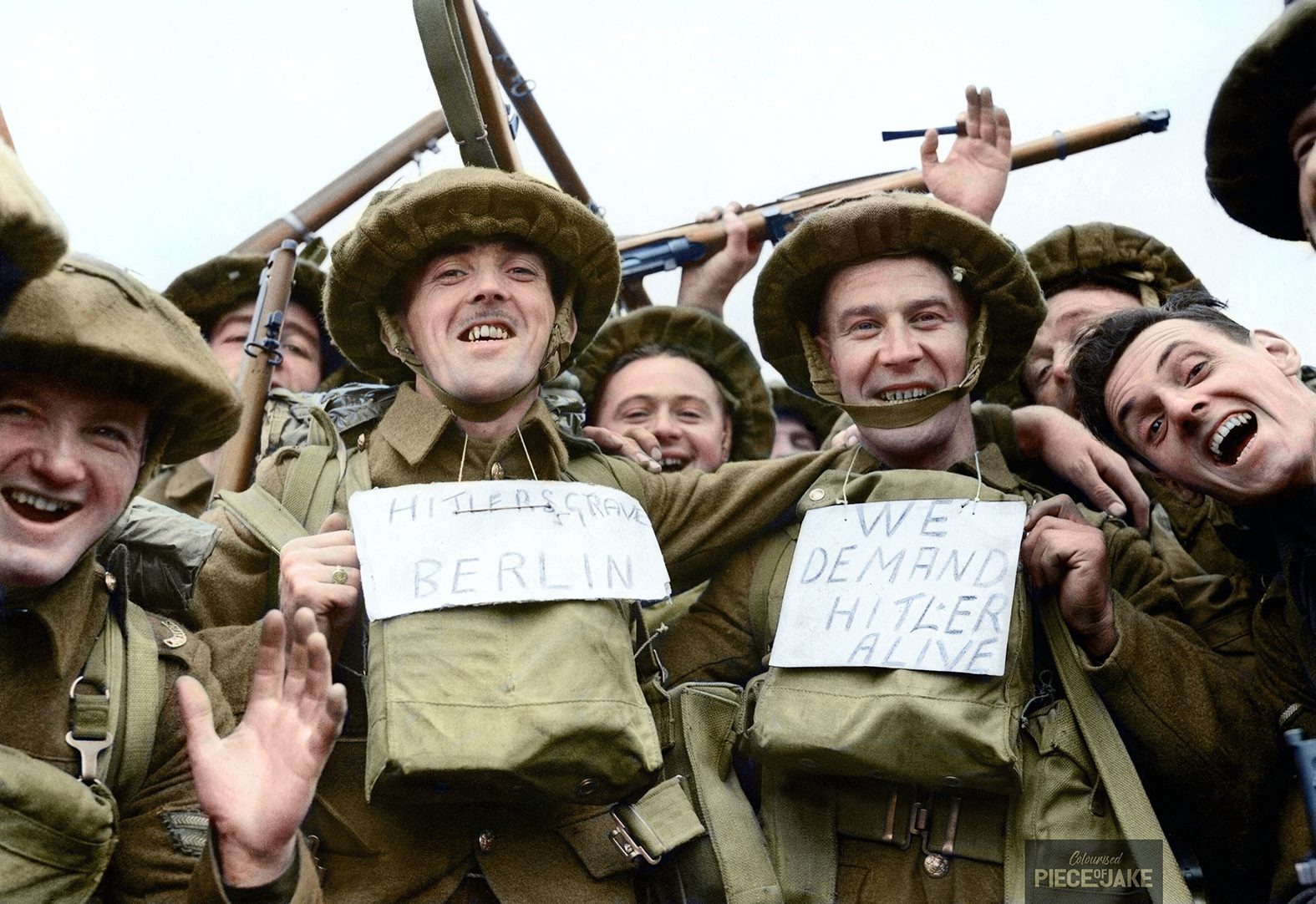
22. Official checking papers of French refugees during Dunkirk evacuation
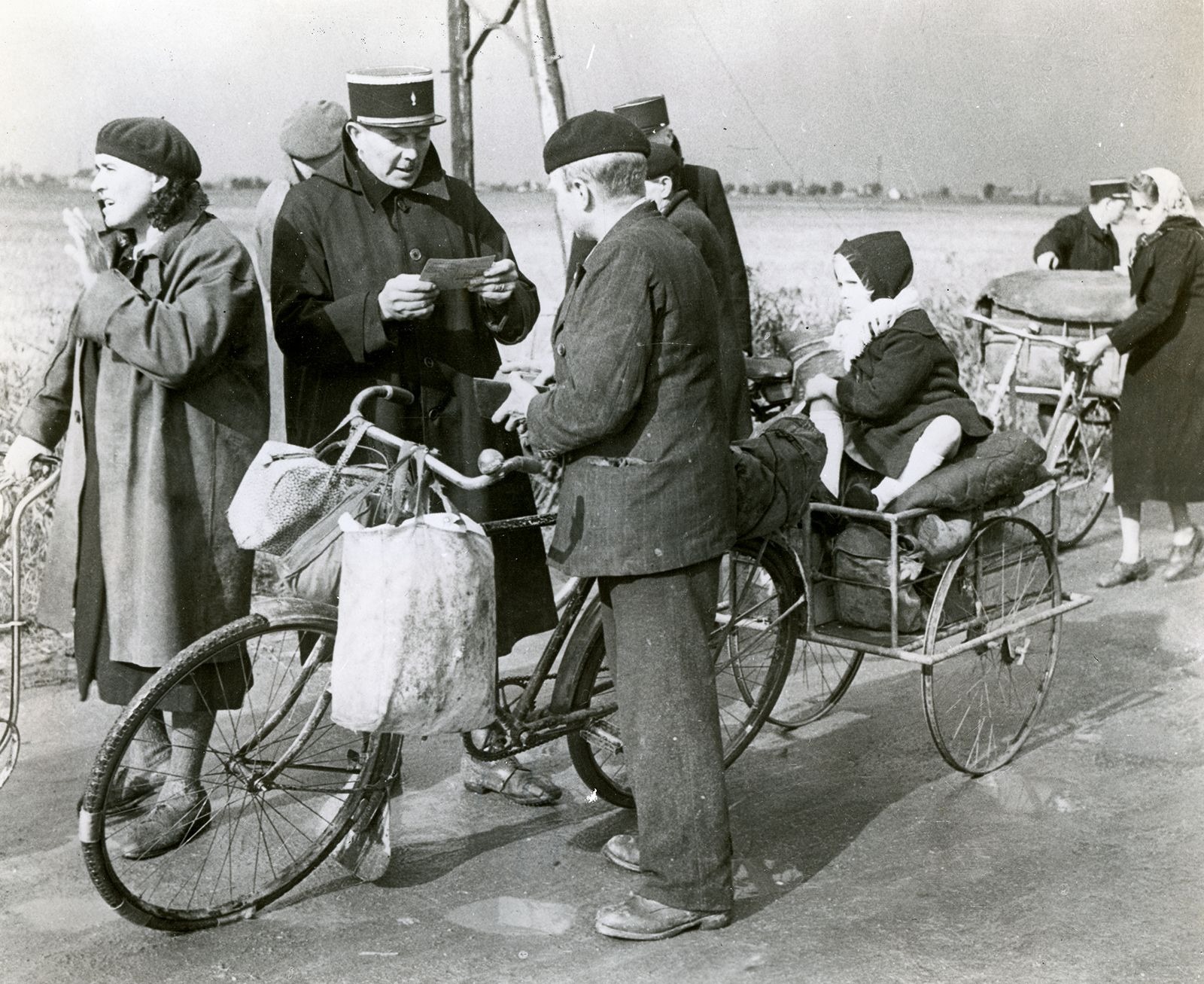
23. The port of Dunkirk in May 1940
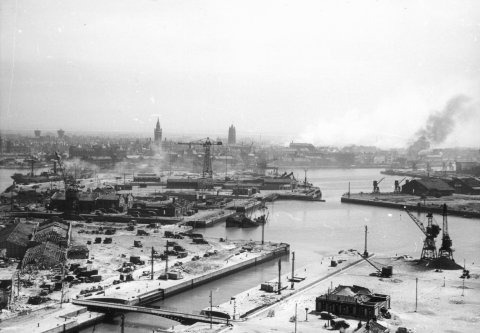
24. The ‘Little Ships’ at Dunkirk
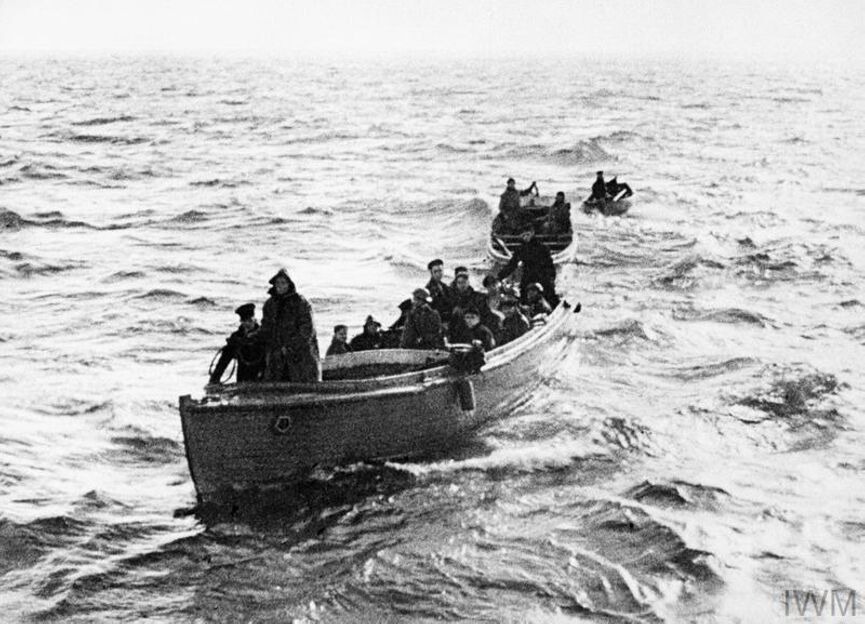
25. British troops crowding a Royal Navy destroyer at Dover, May 31, 1940
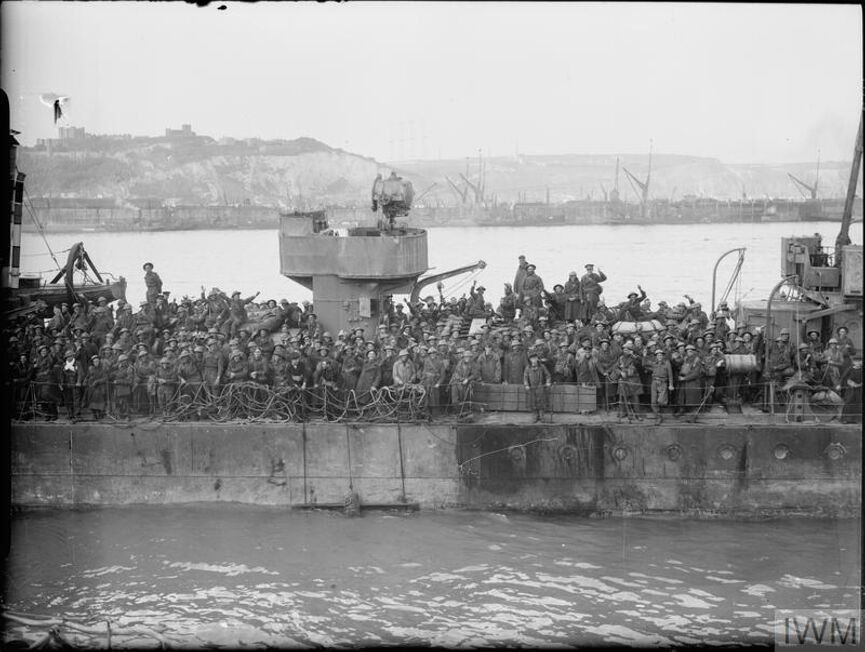
26. Merchant sailor assisting a wounded British soldier at Dover
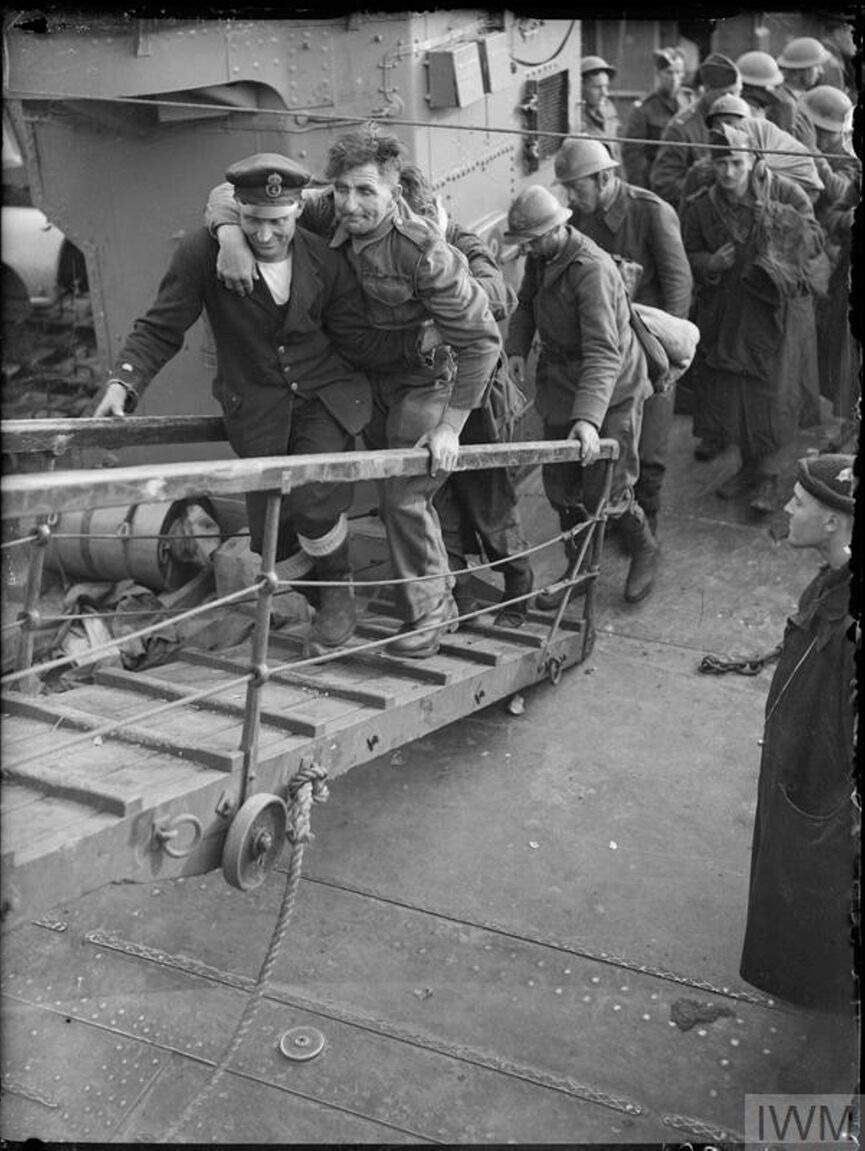
27. Evacuated troops enjoying tea at Addison Road station, London
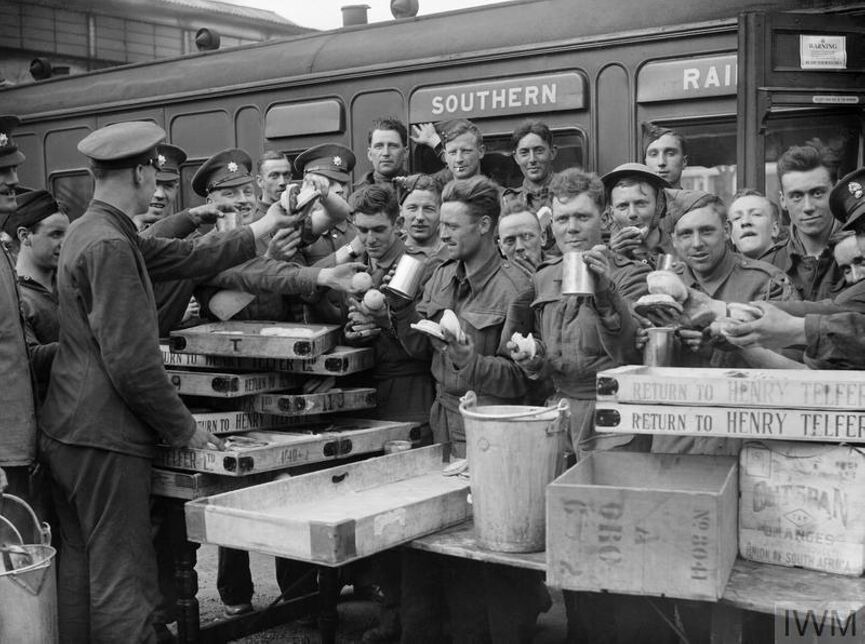
28. French troops evacuated from Dunkirk on a UK train

29. Dunkirk Little Ship heading to England
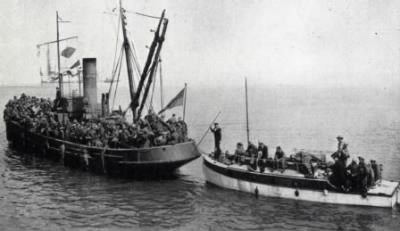
30. British soldier giving tea to a comrade after the journey from Dunkirk
